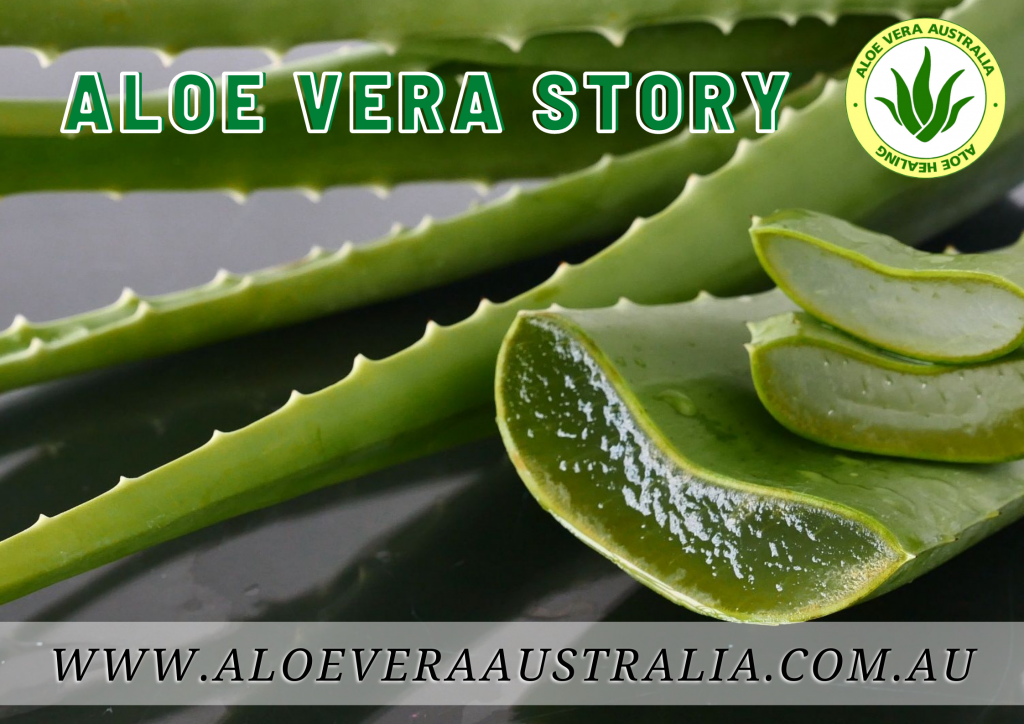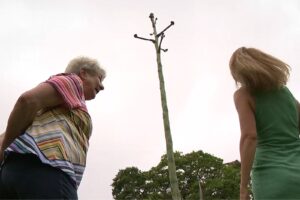Aloe vera, often hailed for its remarkable therapeutic properties, is more than just a ubiquitous houseplant or beauty remedy. To truly appreciate its multifaceted applications and benefits, one must first delve into its origins. The quest to uncover the natural habitat of Aloe vera promises not only to satisfy curiosity but also to enhance our understanding of this extraordinary succulent.
The allure of Aloe vera transcends its medicinal properties; it is deeply intertwined with the ecosystems in which it flourishes. As we embark on this journey to explore where Aloe vera is native to, we will explore its historical significance, its ecological preferences, and its adaptation to different environments.
Understanding the Origins of Aloe Vera
The Aloe vera plant, with its thick, fleshy leaves and distinct gel-filled interiors, belongs to the Asphodelaceae family. Its native origins trace back to the arid regions of the Arabian Peninsula, particularly the Arabian desert, where it thrives in dry, sun-drenched environments. However, its range extends beyond these boundaries, encompassing the African continent, specifically regions in South Africa, where a variety of Aloe species can be found.
This spatial adaptability highlights Aloe vera’s unparalleled resilience. In its native habitat, it has evolved to withstand harsh conditions, such as limited rainfall and extreme temperatures, rendering it a quintessential example of survival in unfavorable circumstances. The diversity of habitats, from rocky terrains to sandy soils, allows Aloe vera to flourish, naturally selecting strains that exhibit exceptional tolerance to environmental stressors.
The Ecological Niche of Aloe Vera
In its natural habitat, Aloe vera occupies a unique ecological niche. It frequently coexists with other succulent plants, sharing a symbiotic relationship that helps stabilize soil and preserve moisture. These interactions indicate that Aloe vera does not merely exist in isolation; it plays a critical role in maintaining the integrity of its ecosystems.
The plant is primarily xerophytic, a characteristic that equips it with specialized adaptations. Its leaves exhibit a waxy cuticle that minimizes water loss, while the photosynthesis process adapts to conserve water through CAM (Crassulacean Acid Metabolism) pathways. This means that Aloe vera opens its stomata at night rather than during the day, a remarkable adaptation that greatly reduces transpiration during the scorching heat of the day.
Exploring the fauna associated with Aloe vera also enriches our understanding of its native habitat. Pollinators, including bees and hummingbirds, are often attracted to its brightly colored flowers, establishing a dynamic interplay between flora and fauna. Such relationships underlie the intricate web of biodiversity that characterizes the ecosystems where Aloe vera flourishes.
From Native Lands to Global Cultivation
While Aloe vera is indigenous to arid regions, its desirability has led to global cultivation. Ancients recognized its value, as evidenced by its use in traditional medicine in civilizations such as the Egyptians, Greeks, and Romans, who considered it a panacea for numerous ailments. This historical acknowledgment further emphasizes the significance of understanding its roots.
The contemporary demand for Aloe vera spans industries, from cosmetics to dietary supplements, driving its cultivation in diverse climates around the world. Countries such as India, Mexico, and the United States have established cultivated-growing regions, where Aloe vera adapts remarkably well. This expansion raises questions about the implications of relocating native species outside their natural habitats.
Concerns about biodiversity loss, hybridization, and the integrity of native populations highlight the importance of conserving and respecting the original habitats of Aloe vera. Efforts to promote sustainable cultivation and responsible harvesting practices are crucial to ensure that Aloe vera remains a thriving part of the ecosystems it originated from, even as it becomes an integral part of global commerce.
The Future of Aloe Vera in Its Native Habitats
As we look toward the future, the preservation of Aloe vera in its native habitats becomes increasingly important. Climate change poses a significant threat to many plant species, and Aloe vera is no exception. Shifts in temperature patterns and altered rainfall regimes may challenge its ability to thrive in its original arid environment.
Conservation efforts must focus on protecting natural habitats while educating communities about the importance of Aloe vera. Such initiatives can foster an appreciation for the ecological benefits of native plants, encouraging sustainable practices among local populations.
Moreover, innovative research into the genetic diversity of Aloe vera may unveil previously unknown benefits and adaptations. Understanding the plant’s resilience could lead to new agricultural practices and conservation strategies that align with modern challenges.
In summary, Aloe vera, with its storied past and versatile applications, invites curiosity about its ecological context. By examining its native origins and habitats, we enrich our appreciation for this remarkable plant and its role in diverse ecosystems. Understanding where Aloe vera thrived before becoming a global commodity not only enhances our perspective but also inspires a deeper commitment to its preservation. Thus, the journey does not end here; it unfolds into a larger narrative of sustainability, conservation, and respect for nature’s incredible adaptations.





Leave a Comment